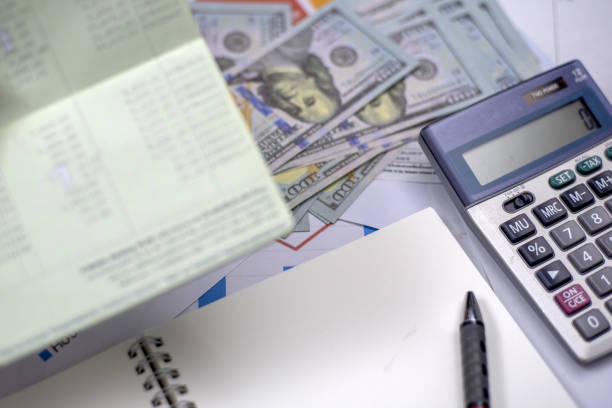
The relationship between overextended personal debt and a medical crisis represents one of the most devastating and morally fraught intersections in m...
Read More
The burden of overextended personal debt takes on a uniquely cruel dimension when its primary source is medical expense. Unlike debt accrued from disc...
Read More
Entering one’s twenties often marks the beginning of true financial independence, a period of exciting possibilities juxtaposed with significant eco...
Read More
Navigating the labyrinth of healthcare debt requires a unique blend of financial strategy and systemic understanding, distinct from managing other for...
Read More
In the landscape of personal finance, few situations are as precarious as being overextended by debt. This state, where a significant portion of one's...
Read More
The phenomenon of overextended debt is often mischaracterized as a simple failure of mathematical calculation or fiscal discipline. However, behaviora...
Read MoreWhen overwhelmed by debt, it's easy to focus only on the negative. Calculating net worth provides a realistic, big-picture view. It can be a motivating starting point for a debt repayment journey, as even a negative net worth can be improved over time with a solid plan.
A collection account is one of the most damaging items that can appear on your credit report. It causes a severe drop in your score and remains on your report for seven years from the date of the original delinquency that led to the collection.
Debt collection is the process of pursuing payments of debts that are past due. This is typically handled by a third-party agency that specializes in collecting delinquent debts on behalf of the original creditor, often after the creditor has charged off the account.
Without a financial buffer, any unexpected expense—a car repair, medical bill, or period of unemployment—forces individuals to rely on high-interest credit cards, payday loans, or other forms of borrowing to survive, instantly creating or worsening debt.
Risks include high fees (typically 3-5% of the transferred balance), a steep jump to a high regular APR after the introductory period, and the temptation to run up new debt on the old card once it has a zero balance.